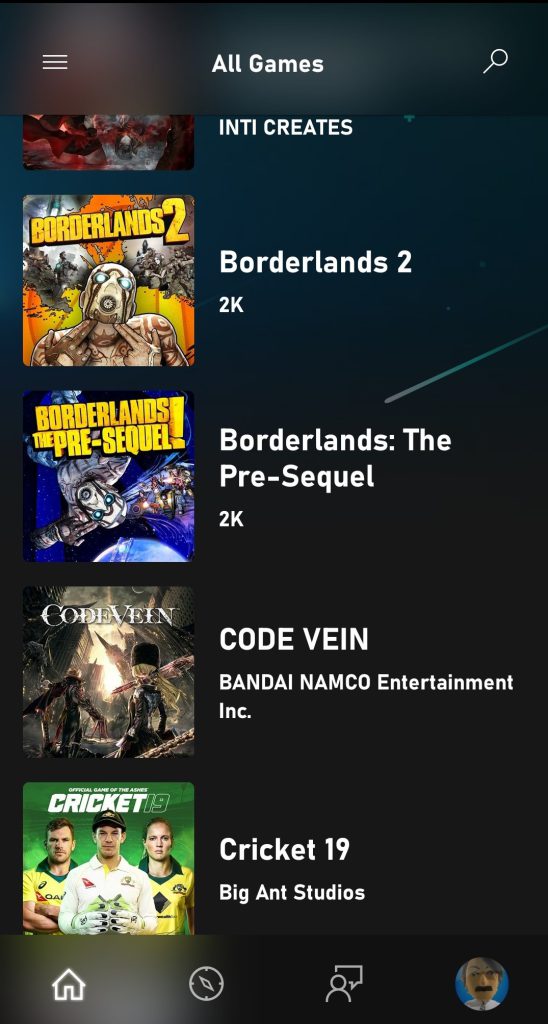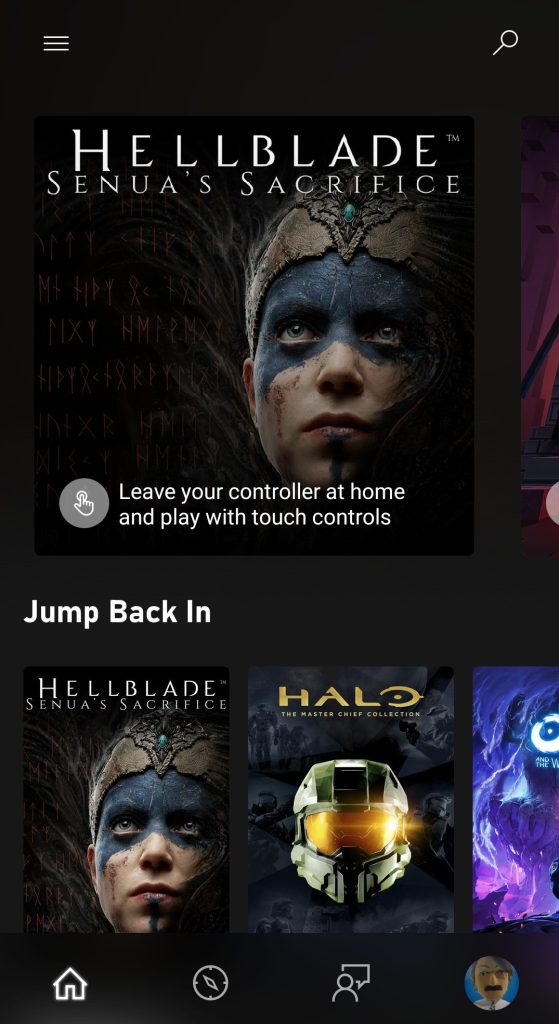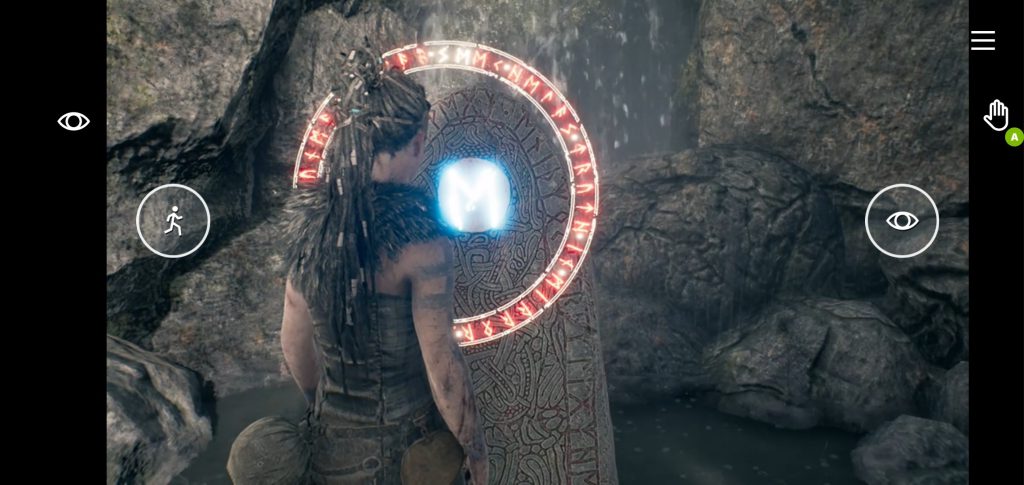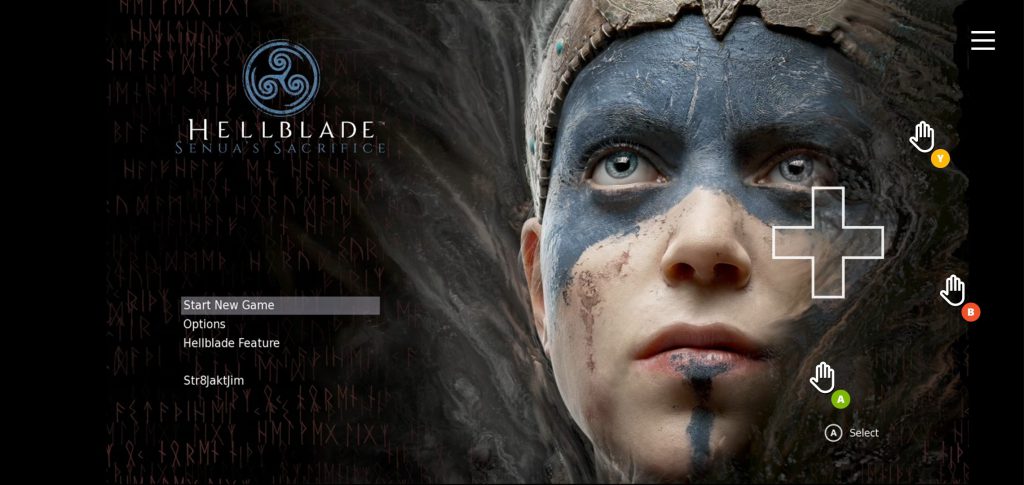Originally published on GameOnAus.com in Dec 2020
From November 18th 2020 Australian gamers have been receiving invitations to participate in Project xCloud (Preview), Xbox’s game streaming service.
Also known as Xbox Game Pass Cloud Gaming, Project xCloud (Preview) allows you to play select games on your Android phone or tablet with all the heavy lifting being done on Microsoft’s servers with inputs from your device being transmitted and the results streamed back to you.
Launching the Project xCloud (Preview) app, I was a little dubious about how it would play for me. I live on the west coast of Australia and Microsoft’s infrastructure is on the east coast, a distance of around 3,000km, so latency is a concern of mine.
Let’s get some of the boring technical stuff out of the way first.
Microsoft recommends that you have at least 10 Mbps download speeds. This can be on a mobile network or a 5Ghz wifi connection. You’ll also need a phone or tablet running Android 6.0 or later as well as Bluetooth 4.0. Project xCloud (Preview) is not available on iOS.

You’ll also need a supported controller with Bluetooth. Most Xbox One and Xbox Series X wireless controllers are Bluetooth and can be connected to your device. Some controllers may require a firmware upgrade that can be done by connecting it to an Xbox One or Xbox Series X|S and going through the controller settings on the console.
My phone is a Samsung Galaxy S10e. It has a 5.8-inch screen with a 2280×1080 pixel resolution and is running Android 10. The S10e is a higher end phone and was released in early 2019 so it’s not the latest and greatest but still a decent, good phone 18 months after release.
I also connected my Xbox Series X|S controller to my phone via Bluetooth. I tried to get a phone mount for it but could only find Xbox One mounts, which don’t fit the Series X|S controller. From what I could see Xbox Series X|S phone mounts aren’t available yet but should be around just before Christmas.
Before I started, I checked the speeds my phone could achieve using the Speedtest by Ookla app. Over the Optus mobile network I got 46.5 Mbps down and 7.66 Mbps up while over my 5Ghz home wifi connection that is serviced by Optus NBN and a Netgear Nighthawk modem I was getting 51.8 Mbps down and 18.7 Mbps up.
So you can see that my phone and connection is up to the task of running Project xCloud (Preview). At this point I was still concerned about my internet connection. Speed is one thing, but latency would be the killer here.
After opening the preview app I was prompted to sign in with my Xbox ID and was shown the server locations along with the ping for each server. You need to select two servers for the sake of redundancy in case the closest server to you is unavailable. I connected to an east coast server as my primary server and an Asian server as a backup.

The home screen of the Project xCloud (Preview) app
I wanted to get a good benchmark for information on how Project xCloud (Preview) runs so I went straight for the Halo Master Chief Collection and played through the first level Pillar Of Autumn twice, first using mobile data and then on wifi.
I’ll get to the gameplay impressions in a moment, but I really wanted to know what the data usage was like.
Honestly, it’s a killer for mobile data. Both play throughs used about 1.2GB of data. Not a bad thing for wifi where most home internet has unlimited downloads, but for mobile that’s a crazy amount. That’s about 2% of my 60GB monthly limit for about 25 minutes of gameplay.
I couldn’t tell any difference between playing on mobile network or wifi, so for the sake of my mobile data I switched over to wifi only.
I’ve mentioned a couple of times already that my main point of concern about Project xCloud (Preview) was the latency. As gamers we live and die (quite literally for our avatars) based on our reactions. The time spent waiting for the servers to send the data to our phone, to react to that that data and make controller inputs and be sent back to the server is the biggest concern I have, not just about Project xCloud (Preview) but cloud gaming in general. We all remember the footage from the launch of Google Stadia of so many games and their issue with lag.
Microsoft have worked some magic with latency. Most of the time I experienced no noticeable input lag. There was the occasional lag spike but 99% of the time it was negligible. I couldn’t get over how smooth it ran.
I had some trouble with Halo multiplayer initially, but that was nothing to do with lag. I was able to get into the game and I could move and hear things around me, but the visuals were totally off. I tried to load into three multiplayer sessions with the same issue. Remember: this is a preview product and bugs are still being worked out, so I logged it using the support tools.
I tried again the next day and was able to play a few games with no problems. I got a few kills but mostly got killed myself, which is usually what happens in multiplayer. Most of the time I’m the one screaming “Leeroy Jenkins!” and running into the kill zone.
I was also able to communicate with other players through voice chat, which was something I hadn’t thought about going in and a great feature.

First person shooters aren’t my go-to games though, so it’s not really a good exploration of input lag given my reaction times. Platformers are more my thing. Having recently played through Ori And The Blind Forest on my Xbox Series X and knowing how tight and fun the platforming in it was, Ori And The Will Of The Wisps had to be the game I tested some platforming out.
Once again I was impressed with how little latency there was. Wall jumping and dodging enemies was consistent and reliable and combat was fluid.
The game looks amazing on my phone screen, although the black bars on the left and right annoyed me a little bit to start with, once I was in the flow of the game I didn’t notice them anymore.
Both Halo and Ori And The Will Of The Wisps are games that require a controller. Given that phones and tablets are touch screen devices I was hoping for some touch screen controls and there’s a couple of games that provide that.

One such title is Hellblade Senua’s Sacrifice. When I got to the game’s title screen, I was a bit worried about the controls as the virtual d-pad and other buttons were both on the right-hand side but when I got into the game proper the d-pad disappeared and two small circles appeared on the left and right of the screen. They simulated the left and right stick of a controller, along with the A button and an eye which would focus in on certain objects (the settings tell me that’s the job of the right trigger).
There seemed to be some contextualising of buttons going on. Some buttons only appeared on screen when needed, such as the B, X and Y buttons when you entered combat. It’s a nifty feature so unused buttons don’t clog up the screen.
You can also reposition the controls. Suddenly the black bars on the left and right become useful as you can reposition the controls to not be in the way of the game. You can also make the virtual stick control circles larger or smaller to suit the size of your thumbs.
Interacting with the touch screen controls was reasonable. I found they had a bit more input lag than using and Xbox controller for Halo or Will Of The Wisps and dodging in combat was more difficult than I was expecting. I don’t think they’d go well with games where split second reactions are needed, but for a game like Hellblade Senua’s Sacrifice you can make do.
One thing I wasn’t expecting was the quality of the sound. Hellblade Senua’s Sacrifice starts with a screen that says it’s designed to be played with headphones. While I chose not to, my phone was able to produce stereo sound through speakers at the top and bottom. The way the game creepily uses stereo sound to make the voices come from all around you is amazing. I couldn’t believe it all was being produced by my phone!
It looked crazy good too. You could see the detail in facial expressions and the environment looked better than they had any right to on a 5.8-inch screen.

Between Halo, Ori And The Will Of The Wisps and Hellblade Senua’s Sacrifice, gameplay was pretty much what you’d expect playing them on a console. In my time with Project xCloud (Preview) I found it to be an extremely solid product that worked very well. Touch controls were a bit on the less responsive side but a great option to have. I found myself hoping that move developers would revisit their games and implement them.
I did have trouble seeing things on the small screen a few times. I had to prop my phone up in a way that was usually a bit far away from me, so I would highly recommend getting a phone mount to enjoy Project xCloud (Preview). Playing on a tablet would also help.
I mentioned a few times at the beginning about my concerns about input lag and I’m happy to say that 99% of the time I didn’t notice it. That’s not to say more skilled gamers won’t, but they’re also the type of gamers that use wired connections because they want the fastest connection possible. Project xCloud (Preview) is not for those people.
Not for those people. Those words echoed with me for a while because if I’m being honest, as solid as Project xCloud (Preview) is, it’s not for me. I have an Xbox Series X, a decent gaming PC and Xbox Games Pass Ultimate so if I’m going to play games it’s usually going to be one of those. I even have a Switch, that hybrid of console and portable, and I rarely play it undocked because I play at home where I’ve got a TV.
Even when I played games on Project xCloud (Preview) using my mobile data it was ok for every now and then usage, but prolonged gaming over a mobile network is a quick way to burn all your data.
It begs the question, who is Project xCloud (Preview) for? It wasn’t until after talking with a friend with a young family that I was given the answer, which as a single person with no children I don’t think I would have come up with on my own.

This is for households that have multiple people that want to play but can’t afford to spend $750 on a brand-new Xbox Series X or between $300 and $500 for the various preowned Xbox One versions. It’s for the families that may already have multiple old phones or tablets in their house. Android 6.0 is five years old so there’s a good chance that mum and dad’s old phone can be repurposed into a gaming device.
Project xCloud (Preview) may only be currently available on Android devices, but Microsoft’s Phil Spencer has flagged they they’re working with Apple to bring the service to iOS which will only widen its reach.
In regions where Project xCloud (Preview) has finished its beta and become Xbox Game Pass Cloud Gaming, you need a Games Pass Ultimate subscription to access it. Then all you need then is an Xbox controller and you’ve got a cheap alternative to a console.
That’s not to say others will see a use for it where I haven’t. With cloud saves you can play a game between a console and a PC. Now you can take your mobile device away on holiday with only a controller and play your games too (although I would advise connecting to local wifi).
Project xCloud (Preview) is just another example of Microsoft’s commitment to their mission of bringing gaming to everyone everywhere. It’s exciting to see a company opening up their games to so many different platforms to make it accessible to so many people. This may not be something I can see myself using, but I can see where it can be utilised with great effect.
Project xCloud (Preview) will officially launch for Australia in early 2021.
